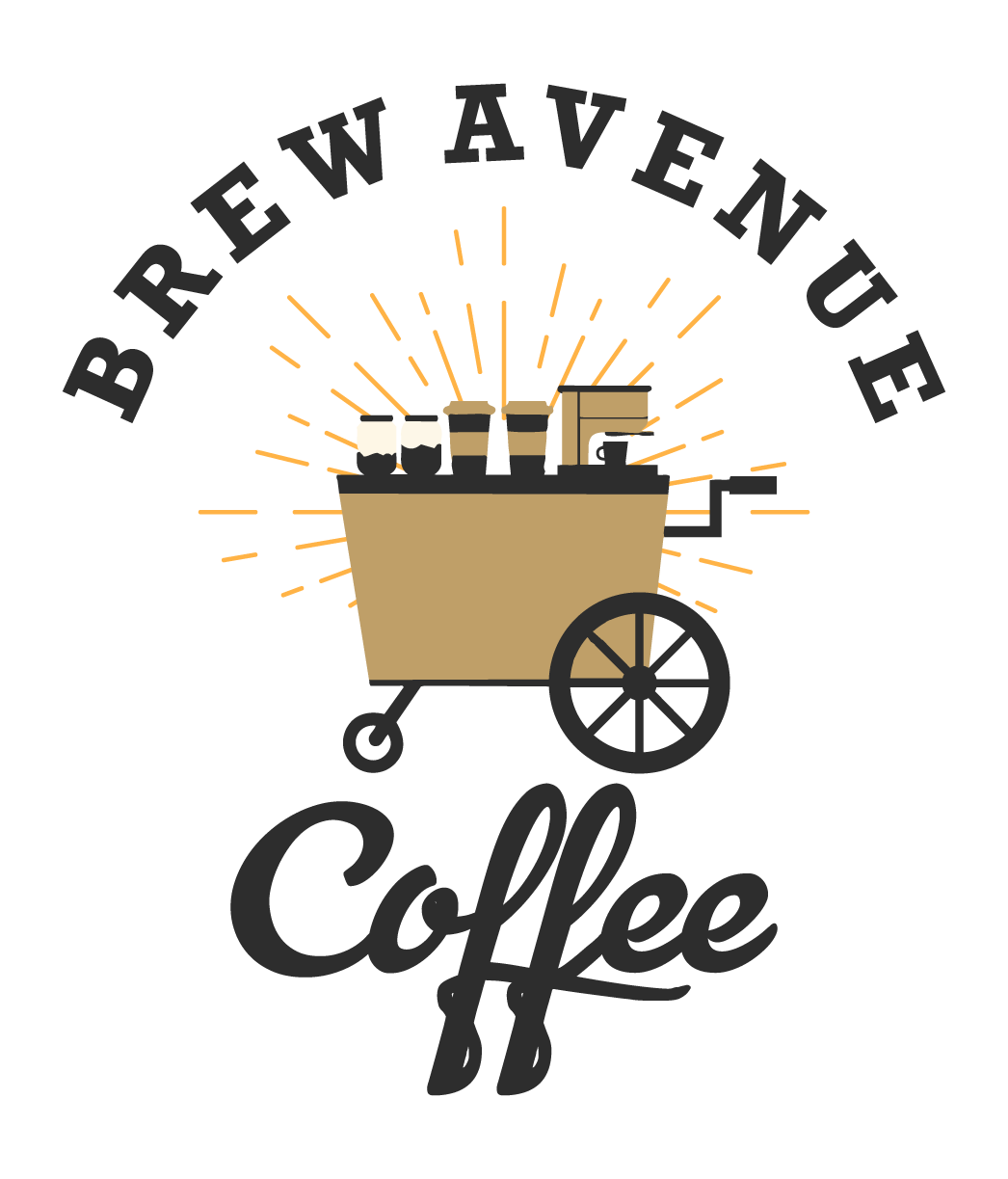Introduction
For any business looking to grow its online presence, choosing the right advertising platform is key. While both Google Ads and Social Media Ads offer substantial opportunities to reach target customers, each has its unique strengths. Some businesses thrive on Google’s extensive search-based platform, while others find a more engaged audience through social media. If you’re unsure which one is better for your business, this article dives into the details of both options to help you make an informed choice.
Understanding Google Ads: How It Works and What It Offers
Google Ads Overview
Google Ads is a pay-per-click (PPC) advertising platform where businesses can promote their products or services on Google’s search engine and partner websites. With Google Ads, you bid on specific keywords, and your ad appears when users search for those keywords. Google Ads can also appear in YouTube videos, mobile apps, and display networks, offering great flexibility to reach users in various formats.
Advantages of Google Ads
-
Targeted Search Results
Google Ads place your business at the top of search results, meaning people who are actively looking for a product or service like yours are more likely to see it. These users already have intent to buy, which often leads to a higher conversion rate. -
Diverse Ad Formats
With Google Ads, businesses can use text ads, display ads with images, and video ads to engage potential customers in various ways. You can even use shopping ads for e-commerce, showcasing your products directly within search results. -
Remarketing Capabilities
Google Ads allow you to re-target users who previously visited your website, meaning your ad appears for them on other websites in Google’s network. This feature keeps your brand top of mind and can significantly boost conversion rates.
Challenges with Google Ads
Despite its advantages, Google Ads comes with a few limitations. For instance, it’s known for being competitive and often expensive, especially if you’re bidding on popular keywords. Plus, it requires a continuous investment, as your ads only show when you’re actively running a campaign.
Understanding Social Media Ads: A Closer Look at Social Platforms
Social Media Ads Overview
Social Media Ads refer to advertisements that run on platforms like Facebook, Instagram, Twitter, and LinkedIn. Unlike Google Ads, which target users based on search intent, social media ads reach users based on interests, demographics, and behaviors. These ads are designed to be visually engaging and can show up as image, video, carousel, or story formats.
Advantages of Social Media Ads
-
Audience Engagement
Social media ads give you the chance to connect with people on a more personal level. With engaging visuals and messages, your ad can start conversations and build relationships with potential customers. -
Advanced Targeting Options
Social media platforms provide precise targeting based on demographics, location, interests, behaviors, and even past interactions with your brand. This granularity helps reach the exact audience you want. -
Brand Awareness
Even if people aren’t searching for your product, social media ads can still capture their interest. They’re excellent for spreading brand awareness and increasing visibility, especially if your goal is to reach a wider audience.
Challenges with Social Media Ads
Social media ads rely on users’ personal interests rather than search intent, which can make conversions slower compared to Google Ads. Also, users on social media platforms are often there for social interaction rather than shopping, so the ad approach requires creativity to capture attention without seeming intrusive.
Google Ads vs. Social Media Ads: Key Differences
1. Intent vs. Interest
- Google Ads works well for reaching users with high intent. When someone types “plumber near me” on Google, they’re likely looking to hire a plumber soon. Therefore, businesses can connect with customers who are ready to act.
- Social Media Ads primarily capture people based on their interests, like sports, travel, or fashion. Users may not actively seek your services but will see your ad based on their lifestyle or hobbies.
2. Reach and Exposure
- Google Ads is a powerful tool for reaching those who already have an idea of what they need.
- Social media platforms allow businesses to expose their brand to people who may not even know they need the product yet, creating opportunities for brand discovery.
3. Cost and Budget Flexibility
Google Ads generally has a higher cost per click (CPC) compared to social media, especially for competitive keywords. Social media, on the other hand, offers flexible pricing options and generally lower CPC, making it more budget-friendly for businesses wanting to increase brand awareness without a hefty spend.
4. Type of Engagement
Google Ads usually drives direct results (such as website visits or immediate purchases). Social Media Ads, however, foster engagement, with users more likely to comment, like, or share a post. This interaction helps grow a loyal customer base.
Which is Better for Different Business Goals?
For Brand Awareness:
If your main goal is brand awareness, social media ads could be more effective. They allow you to present your brand’s personality, create visually appealing content, and directly engage with users. Platforms like Facebook and Instagram offer tools for building followers and engagement through sponsored posts, stories, and carousel ads.
For Lead Generation and Conversions:
Google Ads has an edge here. If your goal is lead generation, targeting keywords that show purchase intent can connect you with prospective customers who are ready to buy. Google Ads’ remarketing option also keeps your brand in front of previous website visitors, increasing the chance of converting them into customers.
For Targeted Traffic to Website:
Google Ads is ideal for driving traffic directly to specific landing pages. But if you’re looking for a more indirect approach, social media ads can attract users to your website through captivating content and posts that invite clicks.
Considerations for Small Businesses
Google Ads for Small Businesses
If you’re running a small business with a focus on local services (like a Google Ads agency for small businesses), Google Ads can be incredibly effective for targeting customers searching for a specific service. By bidding on local keywords, small businesses can bring in local clients without wasting budget on broader audiences.
Social Media Ads for Small Businesses
Small businesses can leverage social media ads to build local awareness at a lower cost. Platforms like Facebook and Instagram offer affordable options for targeting local audiences, making it easier for small businesses to connect with nearby customers.
When to Use Both Google Ads and Social Media Ads
Using both Google Ads and Social Media Ads can maximize the strengths of each platform. This strategy works well if you’re trying to capture both ready-to-buy customers and users who need more time to familiarize themselves with your brand.
For instance, if you’re a small marketing agency, you could use Google Ads to target businesses looking for immediate services and social media ads to increase brand awareness among local business owners.
Tips for Choosing Between Google Ads and Social Media Ads
-
Identify Your Audience’s Intent
If your audience is actively searching for a service, use Google Ads. If they’re more likely to discover you through browsing, consider social media. -
Consider Your Budget
For limited budgets, social media ads can often stretch further. But for specific, high-intent audiences, the investment in Google Ads might be worthwhile. -
Determine Your Business Goals
Define whether you’re focused on conversions, website traffic, or engagement. Choose the platform that aligns with your goals for the best results.
FAQs
Q1: How do Google Ads work?
Google Ads function on a pay-per-click basis, allowing businesses to target specific keywords to reach users searching for related products or services.
Q2: Are social media ads cheaper than Google Ads?
Generally, yes. Social media ads typically have a lower cost per click than Google Ads, though prices vary based on audience, competition, and targeting.
Q3: Which ads work better for e-commerce?
Both can work for e-commerce, but Google Shopping Ads in Google Ads may have an edge for direct product searches.
Q4: Can small businesses benefit from social media ads?
Absolutely. Social media ads are cost-effective and allow small businesses to build a local following and engage with customers.
Q5: Are there free ways to advertise on Google or social media?
While both offer paid advertising, organic social media posts and Google My Business listings provide free options for visibility.
Q6: What’s the main difference between Google Ads and Social Media Ads?
Google Ads target users based on search intent, while social media ads target users based on interests and demographics.
Conclusion
Deciding between Google Ads and Social Media Ads largely depends on your business goals, budget, and target audience. Google Ads are ideal for targeting users with high purchase intent, while social media ads excel at generating awareness and engaging audiences who may not be actively searching. For many businesses, a combination of both can drive the best results, blending the strengths of search-driven and interest-driven marketing to achieve maximum reach and impact.




